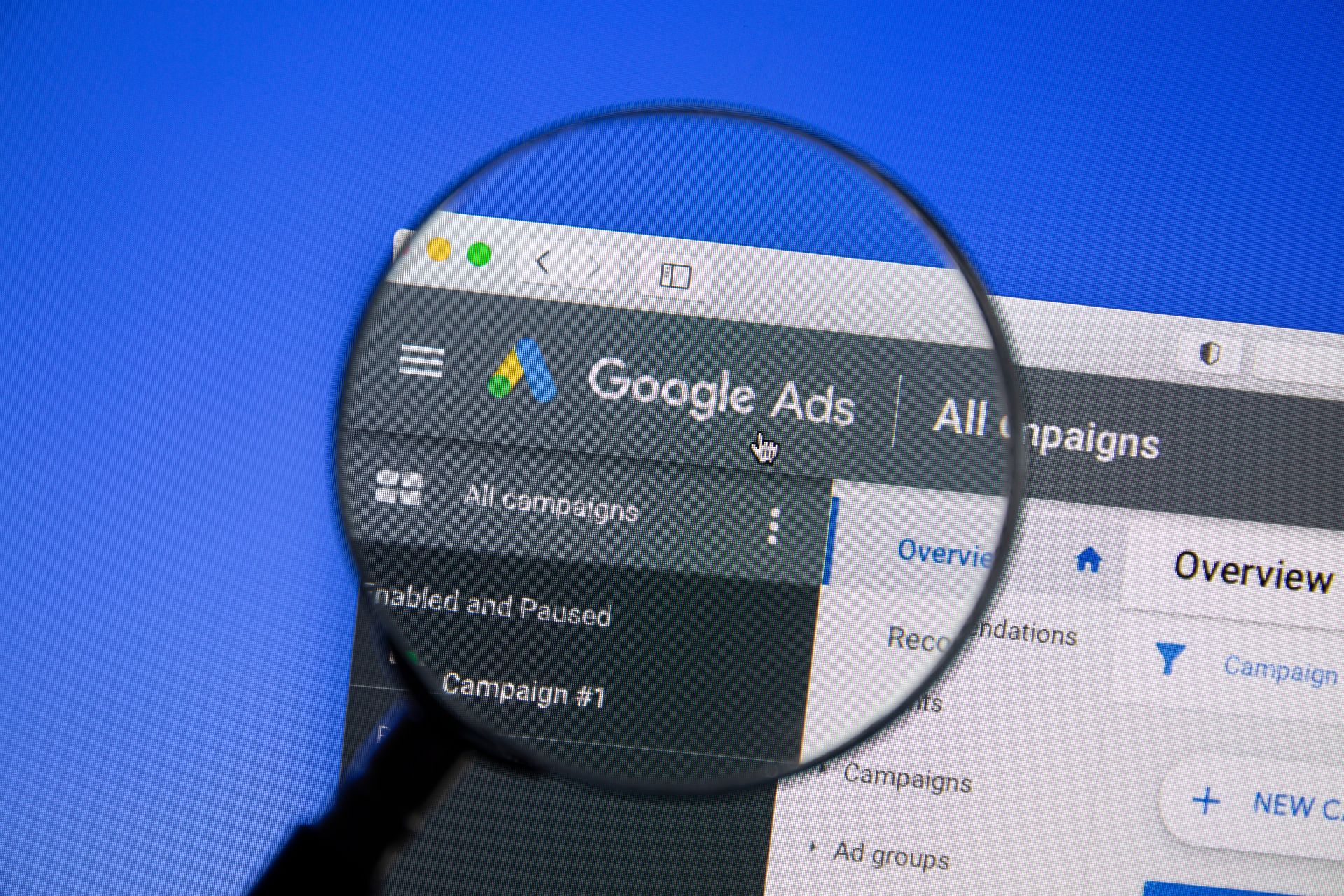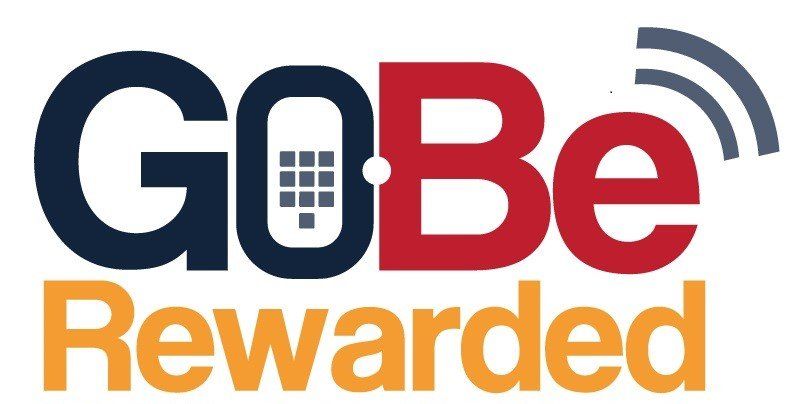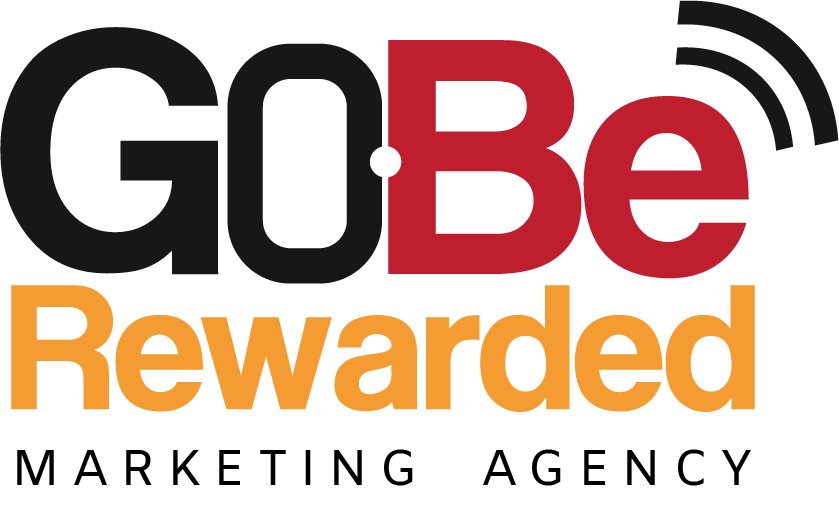Partnering for Profit: Creative Ways for Local Businesses to Network
Driving Sales and Fostering Long-Term Relationships with Local Business Collaboration.
40 Tips for Networking and Collaborating with Local Businesses to Drive Sales and Build Stronger Communities
Networking and collaborating with other local businesses can be a powerful tool to drive sales and grow your business. By partnering with other businesses in your community, you can increase your visibility to a wider audience, provide more value to your customers, and build relationships that can lead to long-lasting partnerships.
There are countless ways that local businesses can work together to promote each other and drive sales. From cross-promoting on social media to hosting joint events and sales, there are plenty of strategies that businesses can use to boost their visibility and reach new customers. In this blog post, we’ll explore 40 tips for local business owners to network and collaborate with each other to drive sales and build stronger communities. Whether you’re a restaurant, retail store, or service provider, these tips can be adapted to fit your industry and target audience. So let’s dive in and explore how you can leverage the power of networking to grow your business.
Cross-promote each other’s businesses on social media platforms like Facebook, Instagram, and Twitter.
One of the easiest and most cost-effective ways for local businesses to partner is by cross-promoting each other on social media. By tagging each other in posts and sharing each other’s content, businesses can increase their visibility to a wider audience. This tactic can also help to foster a sense of community among local businesses, which can be beneficial for all involved.
Host joint events or sales, such as a block party or street fair, to draw more customers to your businesses.
By partnering with other local businesses to host joint events or sales, businesses can draw in a larger crowd than they would be able to on their own. Events like block parties or street fairs can be particularly effective, as they offer a fun and festive atmosphere that can be attractive to customers. Additionally, hosting joint events can help to foster relationships between businesses and build a sense of community within the local area. This can lead to long-lasting partnerships and a stronger local economy.
Create a referral program that rewards customers who refer business to each other.
Referral programs can be an effective way to incentivize customers to refer business to other local businesses. By offering rewards such as discounts or free products/services, businesses can encourage their existing customers to spread the word about their partners. This can be particularly effective for businesses that offer complementary products or services, as customers are more likely to refer a friend who is in need of both services.
Offer package deals with other local businesses to promote a wider range of products or services.
Package deals can be a great way to promote a wider range of products or services to customers. By partnering with other local businesses to create packages, businesses can offer more value to their customers while also increasing their exposure to a wider audience. For example, a restaurant could partner with a nearby movie theater to offer a dinner and movie package, or a salon could partner with a spa to offer a pampering package. These types of partnerships can be particularly effective during holiday seasons or other special occasions when customers are looking for unique gift ideas.
Develop a loyalty program that incentivizes customers to visit all participating businesses.
Loyalty programs can be an effective way to encourage repeat business from customers. By partnering with other local businesses to create a joint loyalty program, businesses can incentivize customers to visit all participating businesses in order to earn rewards. This can be a great way to encourage customers to explore new businesses in the area, while also fostering a sense of community among local businesses.
Provide exclusive discounts or coupons to customers who shop at multiple businesses.
Similar to loyalty programs, offering exclusive discounts or coupons to customers who shop at multiple businesses can be an effective way to incentivize customers to explore new businesses in the area. By partnering with other local businesses to create joint discounts or coupons, businesses can encourage customers to visit multiple businesses in order to take advantage of the savings. This can be a great way to increase exposure to new customers while also building relationships with other local businesses.
Collaborate on a local marketing campaign, such as an advertisement or billboard, to promote your businesses together.
By pooling resources and collaborating on a joint marketing campaign, businesses can increase their exposure to a wider audience. This can be particularly effective for businesses that share a common target audience or operate in the same industry. Joint marketing campaigns can also help to reduce the cost of advertising for each individual business.
Share your email list with other local businesses to reach a wider audience.
Email marketing can be a highly effective way to reach customers and promote products or services. By partnering with other local businesses to share email lists, businesses can increase their exposure to a wider audience. This can be particularly effective for businesses that share a common target audience or operate in the same industry.
Host a joint workshop or seminar to share knowledge and promote each other’s businesses.
By partnering with other local businesses to host a joint workshop or seminar, businesses can share knowledge and expertise with each other’s customers. This can be a great way to provide value to customers while also building relationships with other local businesses.
Host a charity event or fundraiser together, with proceeds benefiting a local organization.
Hosting a charity event or fundraiser can be a great way to give back to the community while also promoting your business. By partnering with other local businesses to host a joint event, businesses can increase their exposure to a wider audience while also raising money for a local organization.
Create a gift card program that can be used at multiple participating businesses.
Gift card programs can be a great way to promote multiple businesses at once. By partnering with other local businesses to create a joint gift card program, businesses can increase their exposure to a wider audience while also providing value to customers.
Offer complementary services or products that complement each other, such as a clothing boutique partnering with a jewelry store.
By partnering with other local businesses that offer complementary products or services, businesses can increase their exposure to a wider audience while also providing more value to customers. For example, a clothing boutique could partner with a jewelry store to offer a complete outfit package.
Create a pop-up shop together to showcase each other’s products.
Pop-up shops can be a great way to promote your business while also collaborating with other local businesses. By partnering with other businesses to create a joint pop-up shop, businesses can increase their exposure to a wider audience while also providing more value to customers.
Collaborate on a blog or social media account to share content and promote each other’s businesses.
By partnering with other local businesses to create a joint blog or social media account, businesses can increase their exposure to a wider audience while also providing more value to customers. This can be particularly effective for businesses that share a common target audience or operate in the same industry.
Offer joint delivery or shipping options for customers who order from both businesses.
By partnering with other local businesses to offer joint delivery or shipping options, businesses can provide more value to customers while also increasing their exposure to a wider audience. This can be particularly effective for businesses that share a common target audience or operate in the same industry.
Cross-promote each other’s products on packaging or receipts.
By cross-promoting each other’s products on packaging or receipts, businesses can increase their exposure to a wider audience while also providing more value to customers. This can be particularly effective for businesses that share a common target audience or operate in the same industry.
Sponsor a local sports team or event together to increase visibility for both businesses.
By sponsoring a local sports team or event together, businesses can increase their exposure to a wider audience while also giving back to the community. This can be a great way to build relationships with other local businesses while also promoting your own business.
Host a joint contest or giveaway to promote both businesses.
By hosting a joint contest or giveaway, businesses can increase their exposure to a wider audience while also providing more value to customers. This can be a great way to encourage engagement with your brand while also building relationships with other local businesses.
Create a community board where customers can find information about other local businesses.
By creating a community board where customers can find information about other local businesses, businesses can increase their exposure to a wider audience while also providing value to customers. This can be particularly effective for businesses that share a common target audience or operate in the same industry.
Partner with a local hotel or bed and breakfast to offer packages for tourists or visitors.
By partnering with a local hotel or bed and breakfast to offer packages for tourists or visitors, businesses can increase their exposure to a wider audience while also providing more value to customers. This can be a great way to attract new customers to your business while also building relationships with other local businesses.
Cross-promote each other’s businesses in customer newsletters or email campaigns.
By cross-promoting each other’s businesses in customer newsletters or email campaigns, businesses can increase their exposure to a wider audience while also providing more value to customers. This can be particularly effective for businesses that share a common target audience or operate in the same industry.
Host joint classes or workshops, such as cooking classes or fitness classes, to draw in customers.
By hosting joint classes or workshops, businesses can increase their exposure to a wider audience while also providing more value to customers. This can be a great way to provide an engaging experience for customers while also building relationships with other local businesses.
Host a joint event for a holiday, such as a Christmas market or Halloween party.
By hosting a joint event for a holiday, businesses can increase their exposure to a wider audience while also providing more value to customers. This can be a great way to create a fun and festive atmosphere while also building relationships with other local businesses.
Collaborate on a podcast or video series to share knowledge and promote each other’s businesses.
By collaborating on a podcast or video series, businesses can increase their exposure to a wider audience while also providing more value to customers. This can be particularly effective for businesses that share a common target audience or operate in the same industry.
Create a joint rewards program that rewards customers for shopping at multiple participating businesses.
By creating a joint rewards program, businesses can incentivize customers to visit all participating businesses in order to earn rewards. This can be a great way to encourage exploration of other businesses in the area while also building relationships with other local businesses.
Collaborate on a local art exhibit or gallery to showcase products or services.
By collaborating on a local art exhibit or gallery, businesses can increase their exposure to a wider audience while also providing more value to customers. This can be particularly effective for businesses that have a visual component, such as artists or photographers.
Offer joint gift baskets or gift sets that feature products from both businesses.
By offering joint gift baskets or gift sets, businesses can increase their exposure to a wider audience while also providing more value to customers. This can be a great way to promote multiple products or services at once while also building relationships with other local businesses.
Host a joint open house or ribbon cutting ceremony to promote new products or services.
By hosting a joint open house or ribbon cutting ceremony, businesses can increase their exposure to a wider audience while also promoting new products or services. This can be a great way to create buzz around your business while also building relationships with other local businesses.
Collaborate on a community service project or volunteer opportunity to increase visibility and build goodwill.
By collaborating on a community service project or volunteer opportunity, businesses can increase their exposure to a wider audience while also giving back to the community. This can be a great way to build goodwill and positive relationships with other local businesses.
Offer joint catering or food services for events or parties.
By offering joint catering or food services for events or parties, businesses can increase their exposure to a wider audience while also providing more value to customers. This can be particularly effective for businesses that share a common target audience or operate in the same industry.
Host a joint online auction or sale to promote products or services.
By hosting a joint online auction or sale, businesses can increase their exposure to a wider audience while also promoting products or services. This can be a great way to create a sense of urgency and excitement while also building relationships with other local businesses.
Create joint merchandise, such as t-shirts or hats, that promote both businesses.
By creating joint merchandise, businesses can increase their exposure to a wider audience while also providing more value to customers. This can be a great way to promote your brand while also building relationships with other local businesses.
Collaborate on a local cookbook or recipe book to showcase products or services.
By collaborating on a local cookbook or recipe book, businesses can increase their exposure to a wider audience while also providing more value to customers. This can be particularly effective for businesses that offer food or beverage products.
Offer joint virtual or in-person consultations or services for customers who need multiple services.
By offering joint virtual or in-person consultations or services, businesses can provide more value to customers while also increasing their exposure to a wider audience. This can be a great way to encourage exploration of other businesses in the area while also building relationships with other local businesses.
Cross-promote each other’s businesses on Yelp, Google Reviews, and other review websites.
By cross-promoting each other’s businesses on review websites, businesses can increase their exposure to a wider audience while also building social proof. This can be particularly effective for businesses that operate in the same industry or share a common target audience.
Host joint webinars or online events to share knowledge and promote each other’s businesses.
By hosting joint webinars or online events, businesses can increase their exposure to a wider audience while also providing more value to customers. This can be a great way to showcase your expertise while also building relationships with other local businesses.
Partner with a local tourist attraction or landmark to offer package deals or discounts.
By partnering with a local tourist attraction or landmark, businesses can increase their exposure to a wider audience while also providing more value to customers. This can be a great way to attract new customers to your business while also building relationships with other local businesses.
Offer joint maintenance or repair services for customers who need multiple services.
By offering joint maintenance or repair services, businesses can provide more value to customers while also increasing their exposure to a wider audience. This can be a great way to encourage exploration of other businesses in the area while also building relationships with other local businesses.
Collaborate on a local home show or trade show to promote products or services.
By collaborating on a local home show or trade show, businesses can increase their exposure to a wider audience while also showcasing their products or services. This can be a great way to create buzz around your business while also building relationships with other local businesses.
Host joint customer appreciation events to reward loyal customers and attract new ones.
By hosting joint customer appreciation events, businesses can reward their loyal customers while also increasing their exposure to a wider audience. This can be a great way to create a sense of community among local businesses while also building positive relationships with your customers.
In conclusion, networking and collaborating with other local businesses can be a powerful tool to drive sales, increase visibility, and build stronger communities. By leveraging partnerships and building relationships with other businesses in your area, you can expand your customer base, offer more value to your customers, and work together to achieve common goals. Whether you are cross-promoting on social media, hosting joint events, developing loyalty programs, or collaborating on marketing campaigns, there are countless ways for local businesses to work together and drive sales growth. So, start exploring partnerships in your community and see how you can collaborate to take your business to the next level. Together, we can all thrive and build stronger, more prosperous communities.



All Rights Reserved | GoBeRewarded, Inc.


